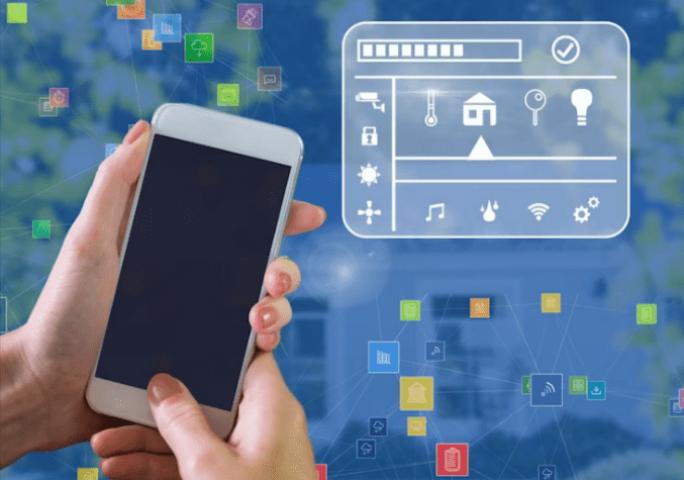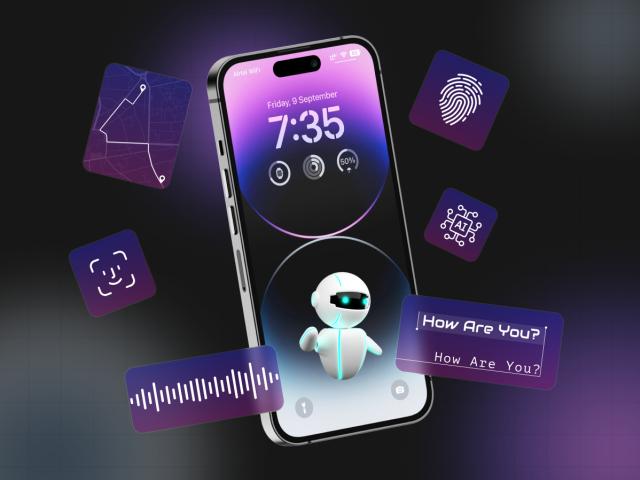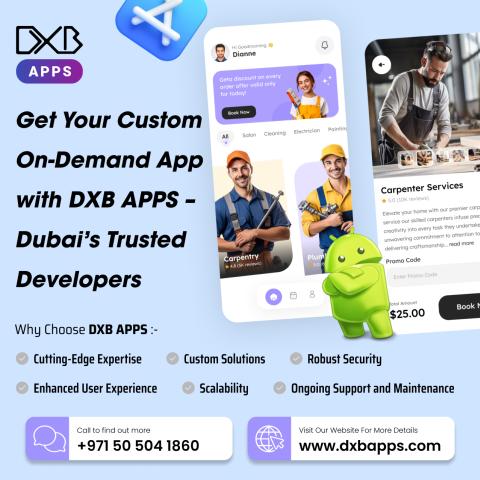In today’s digital economy, Mobile Recharge Software Development plays a vital role in connecting users with fast, secure, and scalable recharge solutions. Whether it’s for a business-to-business (B2B) or business-to-consumer (B2C) model, mobile recharge software is built to simplify prepaid mobile, DTH, and utility transactions while also generating commissions for agents, retailers, and distributors. With increasing demand from both urban and rural areas, developers now focus on creating user-friendly platforms that cater to the unique needs of different users and business types.
Developing mobile recharge software starts with identifying the business structure. In a B2B model, companies or distributors manage a large number of agents or retailers under them. The software must support multi-level commission structures, user management panels, and transaction tracking systems. For a B2C model, the focus shifts to the end customer who directly accesses services through mobile apps or web portals. In both cases, the software must provide fast processing, real-time updates, and high uptime for a better experience.
A key feature of successful recharge software is the integration of multiple APIs. Recharge APIs connect the platform to various service providers such as telecom operators, DTH platforms, and electricity boards. These APIs ensure that transactions are executed in real-time and are reflected accurately in the user’s dashboard. For B2B operations, API switching is also implemented so that the system can shift between APIs based on availability, rate, or success ratio, ensuring maximum uptime and profits.
Security is another important factor during software development. Both B2B and B2C users deal with financial data and require assurance of privacy and secure transactions. Developers include strong features like OTP verification, encrypted data transmission, firewalls, and admin alerts to prevent unauthorized access. These safeguards help to build user trust, which is essential for both business growth and long-term success.
Recharge software platforms are also designed with separate panels for admins, distributors, and agents. Admins get full control of the system, including the ability to manage users, update commission rates, and view financial reports. Distributors manage their retailers and monitor downline performance. Retailers, on the other hand, focus on providing end services and earning a commission per transaction. This hierarchical structure ensures smooth workflow in B2B business and offers transparency to all stakeholders.
In the B2C segment, UI/UX is a major priority. Developers create intuitive designs for mobile apps and web portals so users can easily select services, enter details, and make payments without confusion. Support for UPI, wallet, credit/debit card, and net banking payment gateways enhances convenience and flexibility for end-users.
White-label options are widely offered by development companies to help businesses launch their branded recharge platforms quickly. These ready-to-launch software packages come with customizable logos, colors, and domain names. Businesses can start operating without spending months in development, making it a cost-effective solution for startups and local entrepreneurs.
Real-time reports, auto-commission calculations, and instant settlement features are other highlights that make the software ideal for both B2B and B2C growth. These features allow businesses to scale operations without facing delays or operational issues.
With growing demand, mobile recharge software is now also integrating additional services like AEPS, money transfer, PAN card, insurance, and ticket booking. This multi-service approach helps businesses generate more revenue streams from a single platform, increasing their profitability and customer retention.
Overall, the success of mobile recharge software depends on its ability to meet the needs of both large distributors and individual users. By focusing on performance, flexibility, and user experience, developers build solutions that help businesses grow in India’s competitive fintech market.
To stay ahead in this evolving space, businesses should partner with a trusted Mobile Recharge Software Development Company that understands both B2B and B2C requirements. This ensures a scalable, secure, and fully customizable platform built for long-term success.









